The bubbly boom: A positive spark for sparkling wine (US)
It may have been some time in coming, but the celebratory beverage known the around the world as champagne is finally being embraced by Americans as more than just, well, something we drink only when we’re celebrating. News Press reports what seems to have sparked this bubble boom is that we’re choosing to drink sparkling wines more often as alternatives to still red and white wines. Could it be that U.S. wine drinkers have noticed that sparklers offer excellent value at every price?
